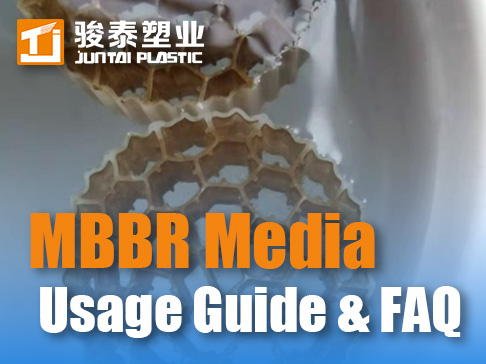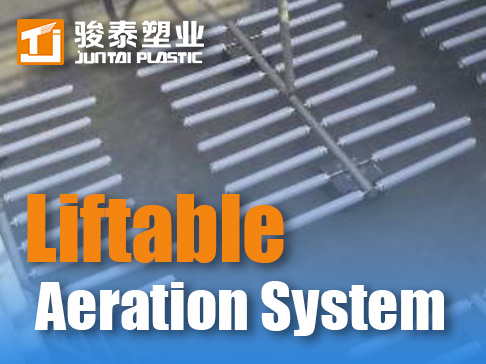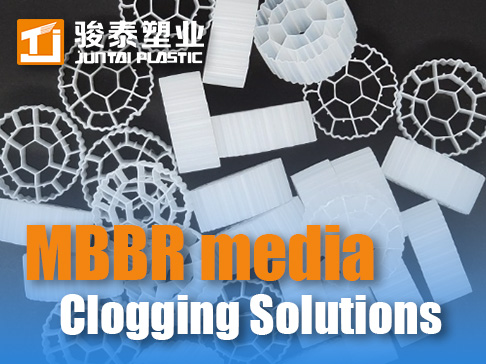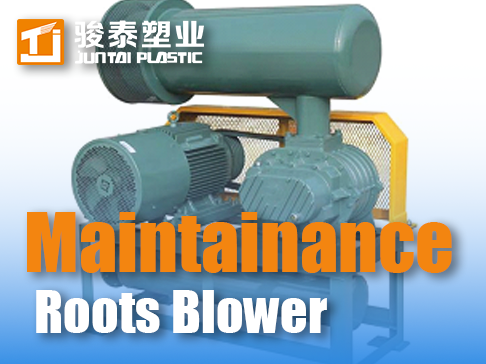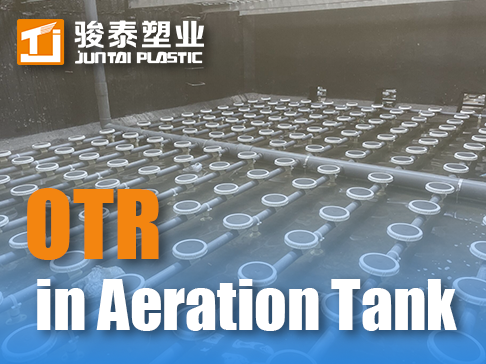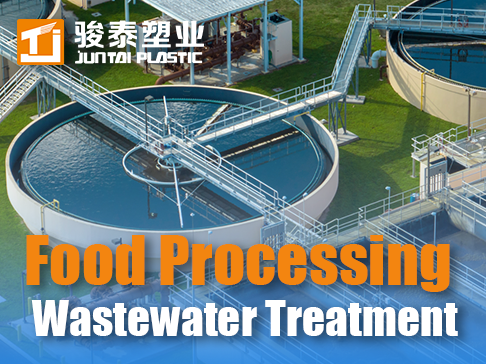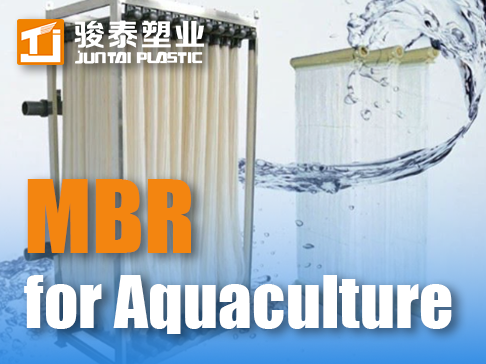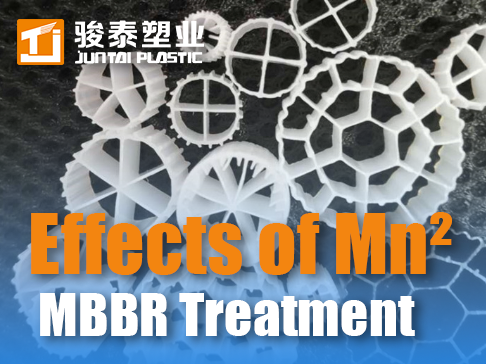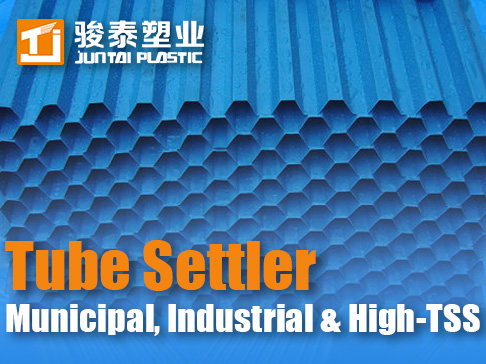 +86 13600513715
+86 13600513715 Brewery Wastewater Mastery: Turning High-Strength Effluent into Profit Centers
The Unique Challenge of Brewery Effluent
Brewery wastewater presents extreme fluctuations that cripple conventional treatment:
-
COD spikes from 2,000 to 15,000 mg/L during tank cleaning
-
High-temperature surges (55-65°C) killing biological systems
-
Yeast-dominated solids causing viscous sludge bulking
-
pH swings (3.5-12) from CIP cleaning cycles
Juntai's brewery-specific solutions transform these challenges into opportunities, achieving 95% COD removal while recovering valuable resources - turning Treatment Plants into revenue generators.
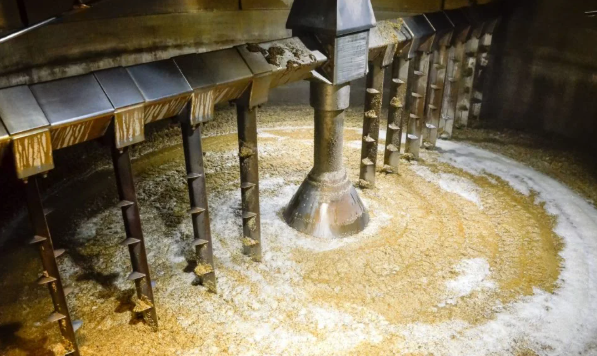
Integrated Treatment Process Architecture
1. Primary Resource Capture System
Table: Recoverable resources in brewery wastewater streams
| Waste Stream | Recoverable Resource | Juntai Technology | Yield | Value |
|---|---|---|---|---|
| Spent Yeast | Protein concentrate | Micro-screening + UF | 65% recovery | $1,200/T |
| Hot CIP Water | Thermal energy | Plate heat exchangers | 92% recovery | $18/m³ |
| Grain Particles | Animal feed | Drum Filter + dryer | 85% recovery | $350/T |
| CO₂ from Fermentation | Carbonation gas | Gas capture towers | 75% capture | $80/T |
2. Anaerobic Treatment Revolution
Conventional UASB reactors fail with brewery wastewater's temperature/pH swings. Our solution:
-
Thermophilic IC Reactors: Operate at 55°C with pH 5.5-8.5 tolerance
-
Hybrid media: BIO-BLOCK™ carriers retain biomass during shock loads
-
Biogas upgrading: Membrane separation produces 99% CH₄
Performance: 4.5 m³ biogas/kg CODremoved at 95% COD reduction
3. Aerobic Polishing with MBBR
Post-anaerobic treatment requires nitrogen removal:
-
Two-stage MBBR: Nitrification (DO>3mg/L) + denitrification (anoxic)
-
Salinity-tolerant strains: Handle 8,000 μS/cm conductivity
-
Foam control system: Automatic silicone-free defoamer dosing
System Performance Benchmarks
| Parameter | Conventional System | Juntai Integrated System | Improvement |
|---|---|---|---|
| COD Removal | 80-85% | 95-98% | +13 pts |
| Biogas Production | 2.8 m³/kg COD | 4.5 m³/kg COD | 61% ↑ |
| Sludge Production | 0.45 kg DS/kg COD | 0.12 kg DS/kg COD | 73% ↓ |
| Energy Consumption | 1.6 kWh/m³ | -0.8 kWh/m³* | Net positive |
| Footprint | 100% | 55% | 45% ↓ |
*Biogas cogeneration exceeds plant energy demand
Brewery-Specific Innovations
1. CIP Cycle Optimization Technology
-
Real-time conductivity monitoring: Detects caustic/acid breakthrough
-
Automated diversion valves: Routes high-pH (>10) streams to equalization
-
Enzymatic cleaner regeneration: Extends chemical lifespan 3x
2. Yeast Management System
-
Cryogenic flotation: Separates yeast at 4°C without coagulants
-
Ultrasonic lysing: Releases intracellular proteins
-
Spent yeast valorization: 60% protein concentrate for aquaculture feed
3. Carbon-Neutral Operation Package
-
Biogas-powered chillers: Cools effluent using recovered methane
-
Solar thermal integration: Preheats process water
-
CO₂ balancing: Captures fermentation gas for carbon credits
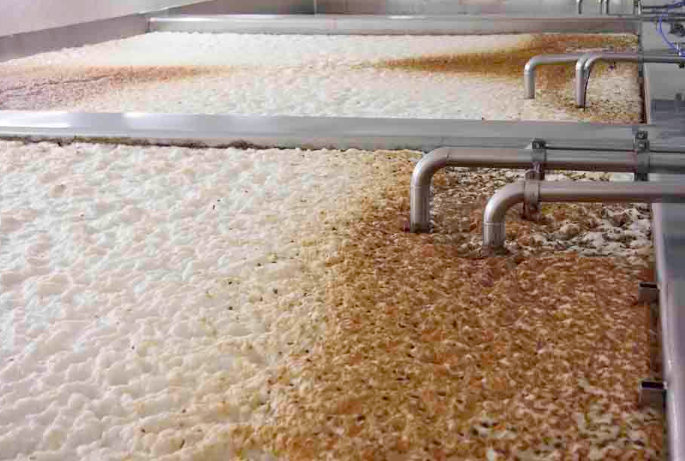
Case Study: German Craft Brewery Expansion
300 HL/day facility facing:
-
€120,000/year surcharges for COD violations
-
€65,000 annual sludge disposal costs
-
Production limited by wastewater capacity
Juntai Implementation:
-
Installed integrated system:
-
Primary: 3 mm Rotary Drum Filter + heat recovery
-
Secondary: 800 m³ thermophilic IC reactor
-
Tertiary: Nitrifying MBBR + tube settler
-
-
Operational Results:
-
COD reduced from avg. 8,500 mg/L to 250 mg/L
-
Biogas heats 100% of brewing water
-
Yeast byproduct sales: €28,000/year
-
Sludge disposal costs eliminated
-
ROI: 2.8 years
-
Future-Ready Brewery Treatment
1. AI-Driven Process Optimization
-
Predictive load balancing: Forecasts CIP cycles using production schedule
-
Automatic parameter adjustment: Real-time O₂/alkalinity control
-
Digital twin technology: Simulates new recipe impacts
2. Circular Economy Integration
-
Spent grain biorefinery: Produces lactic acid ($2,500/T)
-
Hop residue extraction: Recovers xanthohumol ($12,000/kg)
-
Water polishing: Reverse osmosis for bottle washing reuse
3. Resilience Engineering
-
Shock load buffers: Activated carbon columns for accidental chemical spills
-
Storm-resistant design: Waterproof electronics for outdoor installation
-
Scalable modular units: Add 25% capacity without reconstruction




